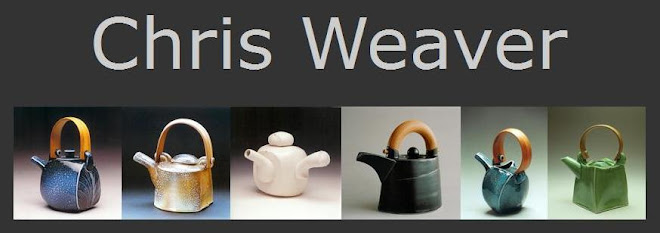This month I will travel to China where I have been invited, as one of eight international ceramic artists, to take part in a tableware design symposium. The symposium is hosted by the Huaguang Bone China Factory, Zibo, Shandong province, China from the 1st - 15th September, 2009. I will work with the factory model-makers and highly-skilled artisans in developing new approaches to the interface between industry and studio ceramics.
The other invited artists are
Janet DeBoos (Australia)
Jiang Yanze (PRC)
Paul Mathieu (Canada)
Carol McNichol (UK)
Ilona Romule (Latvia)
Vipoo Srivilasa (Australia/Thailand)
Takeshi Yasuda (UK/Japan)
The other invited artists are
Janet DeBoos (Australia)
Jiang Yanze (PRC)
Paul Mathieu (Canada)
Carol McNichol (UK)
Ilona Romule (Latvia)
Vipoo Srivilasa (Australia/Thailand)
Takeshi Yasuda (UK/Japan)

























































